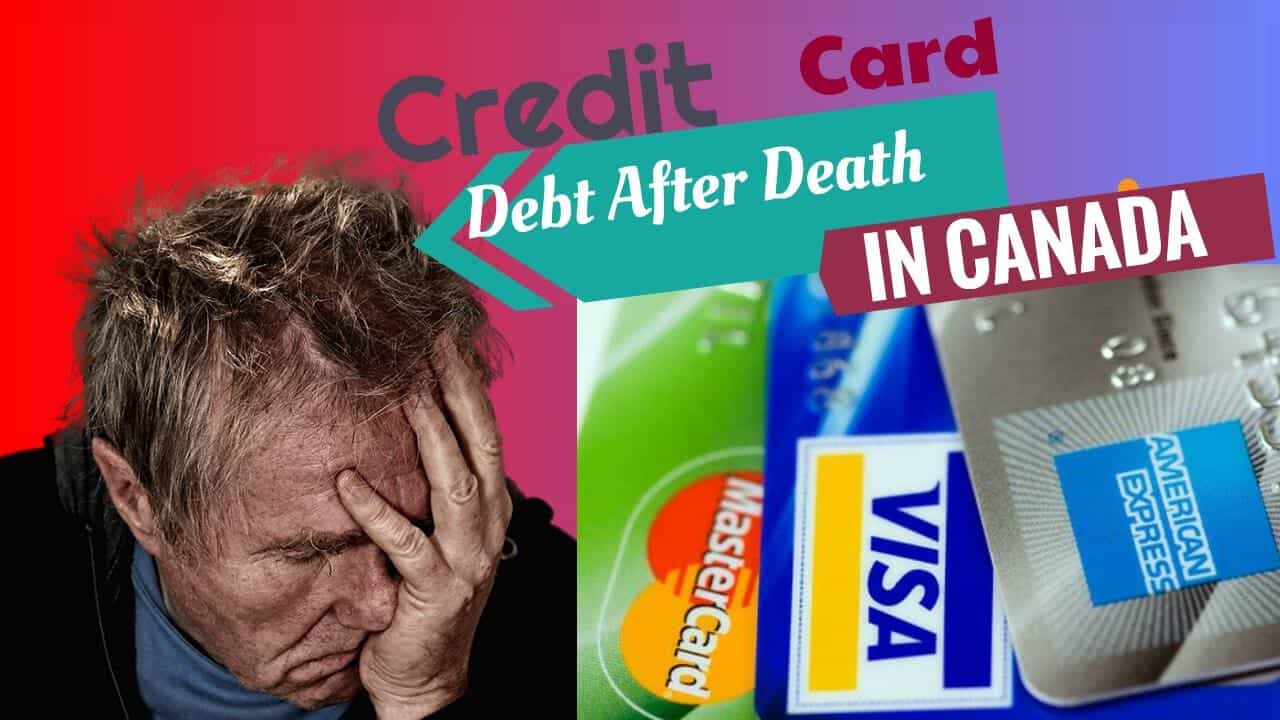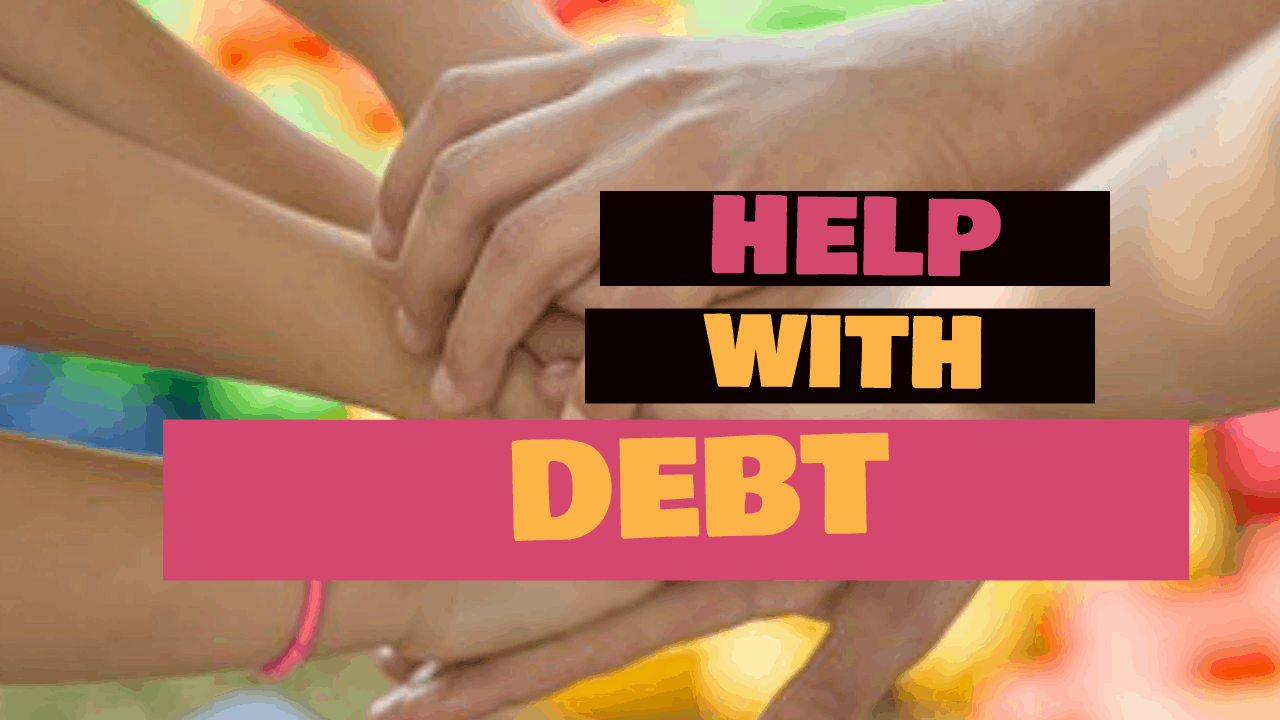UPDATE OCTOBER 30, 2019: On September 27, 2019, the Court of Queen’s Bench of Alberta issued its decision on the appeal of this case. The decision described in this Brandon’s Blog was reversed. You can read about it in our new blog:
STUDENT LOAN BANKRUPTCY DISCHARGE CANADA: REGISTRAR DECISION REVERSED
“Forgiveness does not change the past, but it does enlarge the future.” Paul Boose
Introduction
In my last Brandon’s Blog, I talked about the balance between a debtor and the creditors the Canadian insolvency system strives for. I just read today a decision of the Registrar in Bankruptcy sitting in the Court of Queen’s Bench of Alberta in Edmonton. In this case, Morrison (Re), 2019 ABQB 521, highlights this balance in this case dealing with Canada student loan forgiveness.
Can Canada student loans be forgiven in bankruptcy?
This is an application according to s. 178( 1.1) of the Bankruptcy and Insolvency Act (R.S.C., 1985, c. B-3) (BIA). As I have previously written in several of my Brandon’s Blogs, in general, student loans cannot be discharged by a bankruptcy where the date of bankruptcy occurred within seven years after the date on which the bankrupt discontinued to be a full-time or part-time student.
Section 178(1.1) of the BIA, allows for after five years after the day on which a bankrupt with student loan debt ceases to be a full-time or part-time student, the Court may, on an application, order that the financial debt will be discharged. For such Canada student loan forgiveness, the Court has to be satisfied that:
- the bankrupt person has actually acted in good faith about their obligations under the student loan debt; and also
- the bankrupt has and will continue to experience economic trouble to such an extent that the bankrupt will certainly be not able to pay that financial debt.
So it is possible for student loans to be forgiven in bankruptcy. In this case, if the bankrupt’s application for student loan forgiveness succeeds, the student loan debt will not survive after her discharge. The application was opposed by both Canada Student Loans and the Ontario Student Assistance Program (the government).
Is the forgiveness all or none?
Before getting into the unusual details of this case, the Registrar’s decision dealt with one of the issues that came up over the course of the application. The issue was whether the choice to forgive student loans is all or none. That is, whether it is open to a Registrar hearing this application to find that only a part of the financial obligation needs to survive, in contrast to releasing all of it.
Based on the case law, the Registrar was satisfied that this was an all or none proposition. The Registrar stated that he was somewhat let down that it had to be that way. If the decision is that these financial debts are extinguished by the bankrupt’s discharge, the government could object to the bankrupt receiving an absolute discharge.
Like any other creditor, they could ask that a financial condition be enforced as a condition of discharge. In other words, the bankrupt would have to pay a portion of the student loan amount into the estate to be distributed by the licensed insolvency trustee (formerly called a bankruptcy trustee) (Trustee) as a condition of getting a discharge. This frequently occurs with high tax obligation debtors.
As it turns out, the government did not oppose the discharge application that was heard following this student loan application. They also did not ask that a monetary condition be applied to the terms of the conditional Order that was given.
So, it had to be all or none.
The vital facts
In 2015 Ms. Morrison was in financial hardship. At the time, she estimated her overall unsecured financial obligations were $71,501.00. Of that amount, about $50,000.00 was student loan debt. She sought the guidance of a Trustee and then assigned herself into bankruptcy. Ms. Morrison’s stated intent was to have all her unsecured debt on an equal footing to make sure that she can take care of everything via the insolvency process. She told her Trustee that she wanted her student loan debt to be included in her unsecured debt that would be eliminated by her discharge from bankruptcy. She clearly wanted Canada student loan forgiveness.
Ms. Morrison was last a full-time student in April 2008. Her last day of classes was on April 18, 2008. She had been a full-time student up until that day. So, arguably, she discontinued being either a full-time or part-time student on April 19, 2008. Unfortunately for her, she assigned herself to bankruptcy on February 27, 2015. Her personal bankruptcy in February 2015 was just a bit too early.
This somewhat defeated her stated reason for going bankrupt. So this is why she made this application to try to have her student loan debt forgiven by her discharge from bankruptcy. Depending on how you do the calculation, Ms. Morrison’s date of bankruptcy was about 60 days or so too soon.
If she had actually waited until April 19, 2015, to become bankrupt, rather than February 27, 2015, as she did, her student loan debt would be eliminated by her bankruptcy discharge.
The government tried to argue that under the student loan legislation, you calculate the time that she ceased being a full-time or part-time student begins on the 1st day of the month following the month she finished her studies. The Registrar was not having any of that.
He said that the student loan treatment he was asked to consider was based on the terms of the BIA. Therefore, he was going to use the more practical conclusion that for BIA purposes, the day you ceased being the student is the day after classes ended. I guess you could quibble that the day after you finish writing your last exam was really the date you ceased being a student, but nobody raised that issue.
The considerations
The Registrar considered cases from both Alberta and other provinces laying out the factors that relate to the discretion the Court had in such a forgiveness application. As I stated above, the Registrar had to determine if:
- the bankrupt person has actually acted in good faith about their obligations under the student loan debt; and also
- the bankrupt has and will continue to experience economic trouble to such an extent that the bankrupt will certainly be not able to pay that financial debt.
The Registrar laid out his understanding of the factors he needed to consider based on previous decisions. His list was:
- Whether the student loan funds were utilized for the purpose it was loaned for.
- If the person finished their education.
- Did the applicant obtain financial gain from education?
- Whether the applicant has actually made reasonable initiatives to repay the financial debts.
- If the applicant has made use of the option of applying for interest rate relief.
- The timing of the bankruptcy.
- Do the student loans form a significant percentage of the total debt?
- Whether the applicant had an adequate job and therefore income to be expected to make payments against the student debt.
- The applicant’s lifestyle.
- Did the applicant had sufficient earnings for there to be surplus income in bankruptcy under the Superintendent’s Directive.
- What approaches the applicant made to the government for debt relief and what the government’s response was.
- Whether the applicant went to at any time was unable to work due to medical issues or disability.
The Registrar’s findings
Registrar’s findings reveal the following:
- The student loans were used for the purpose the funds were loaned.
- Ms. Morrison completed her education.
- She acquired a financial advantage from her education as she currently works in the area she studied for, or a related one.
- She made some effort to settle the student loan debt. She entered into a contract with the government but her financial condition prevented her from making good on that plan. She apparently made some repayment.
- The bankrupt’s initiatives at getting to a practical arrangement were not trivial. However, it appears that she required the framework of an insolvency process for her to come to terms with all her debts.
- The applicant got interest-free standing for a period of time.
- The student loans developed by far and away made up the best part of the bankrupt’s general indebtedness.
- The applicant is (and was) for the most part a single parent of one. She committed a significant percentage of her income to her child (now a teen).
- She lived a modest way of life.
- She now has full-time employment and surplus income.
The decision
The Registrar found that the timing in connection with the seven-year cut-off was extremely close. The bankrupt’s primary interest and her shared intent at the time of meeting with the Trustee were to deal with all of her creditors on equal ground. Ms. Morrison did not look for bankruptcy to avoid her student loan debt but rather to deal with all of her financial problems.
There was obviously miscommunication between Ms. Morrison and her Trustee. The trouble was that the miscommunication aggravated her stated goal, which was the entire point of her insolvency proceeding.
When the matter was heard, it was approximately eleven years after her education was finished. The Registrar stated that in these extremely uncommon conditions he is completely satisfied that it remains in the interest of justice that an order goes pursuant to s. 178(1.1).
The government did not otherwise oppose the discharge. The Registrar made a conditional order of discharge taking all circumstances, including her surplus income, into consideration.
In this way, the Registrar balanced the right of this honest but unfortunate debtor to get her fresh start, with the rights of her creditors.
“True forgiveness is when you can say Thank You for that experience.” Oprah Winfrey
Canada student loan forgiveness summary
Are you or your company in need of debt forgiveness. Have you tried your best to balance your financial survival with those of your creditors but you just cannot keep up?
The stress you are under because of your money challenges is huge. I understand your pain. At no cost to you, I will look at your whole set of circumstances and develop a plan that is as special as your issues. I know that I can help you through this.
There is no “one solution fits all” approach with the Ira Smith Team. That is why I can develop a debt settlement plan for you as unique as the financial problems and pain you are facing. If any of this sounds familiar to you and you are serious in finding a solution, contact the Ira Smith Trustee & Receiver Inc. team today.
Call us now for a free consultation. We will get your company back on the road to healthy stress-free operations and recover from the pain points in your life, Starting Over, Starting Now.


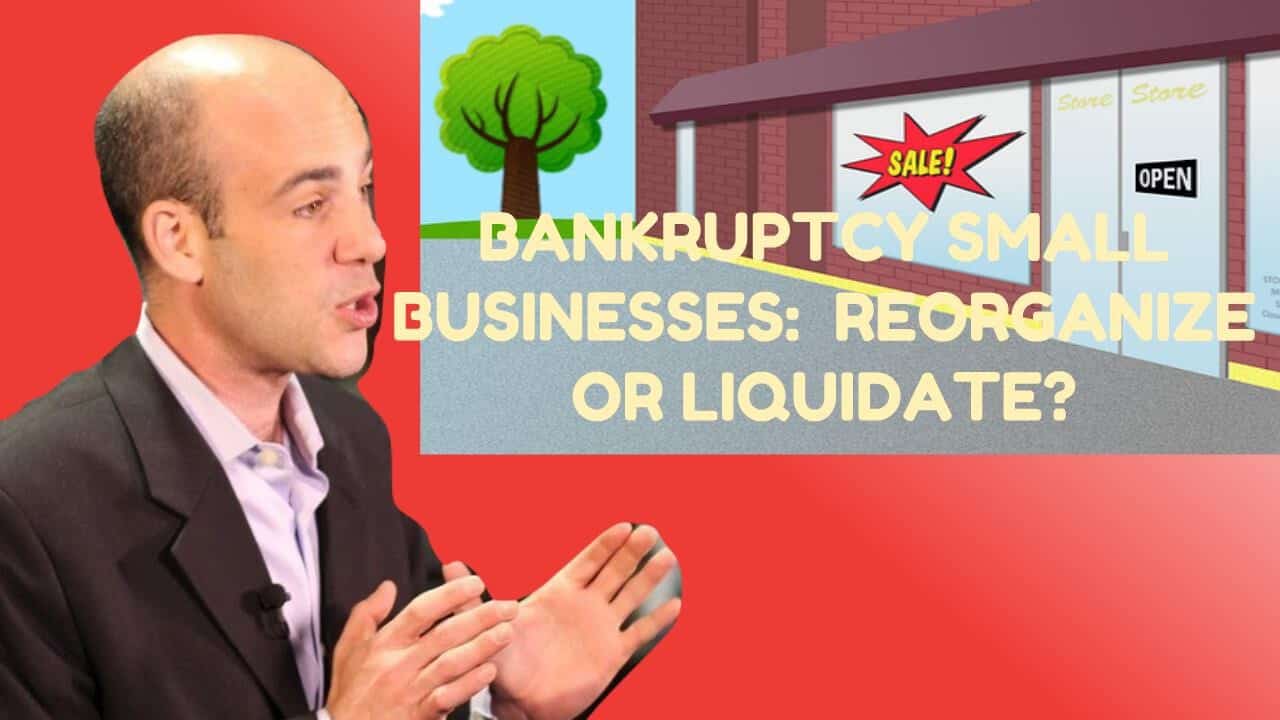
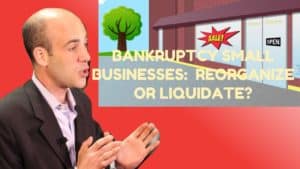
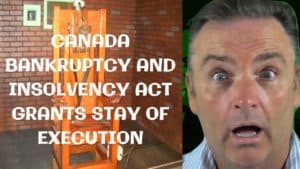
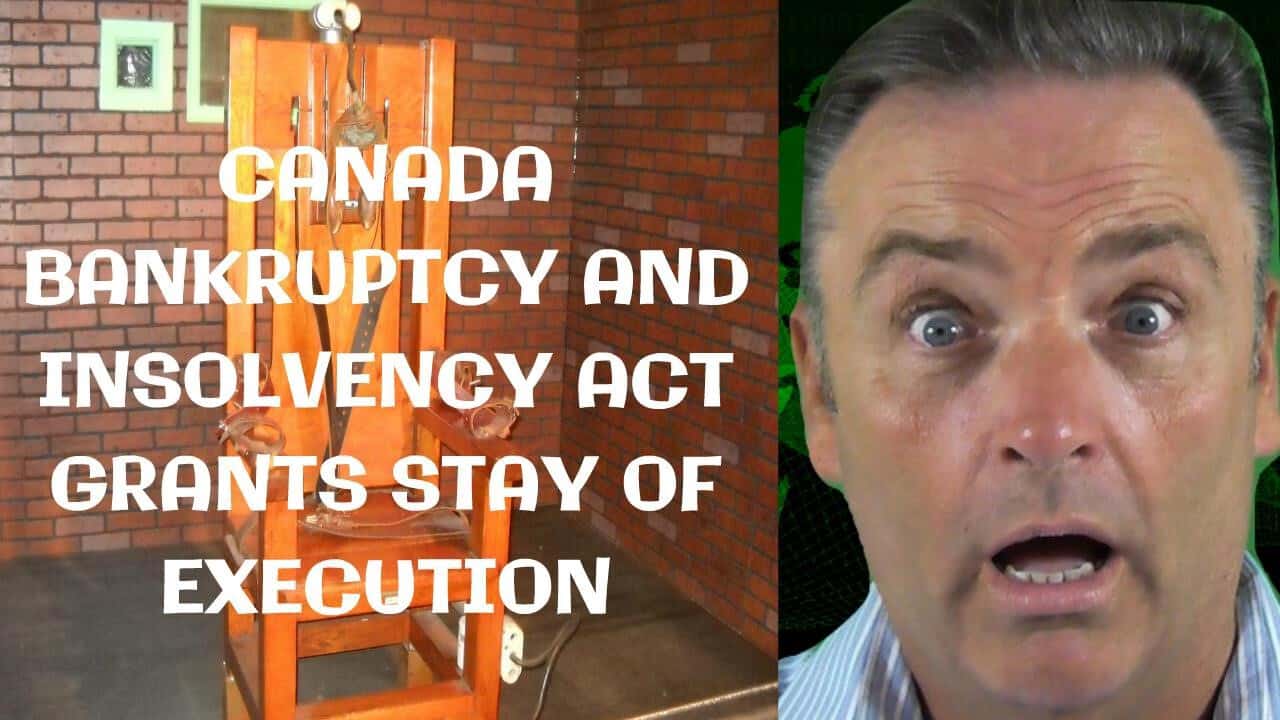 canada bankruptcy and insolvency act
canada bankruptcy and insolvency act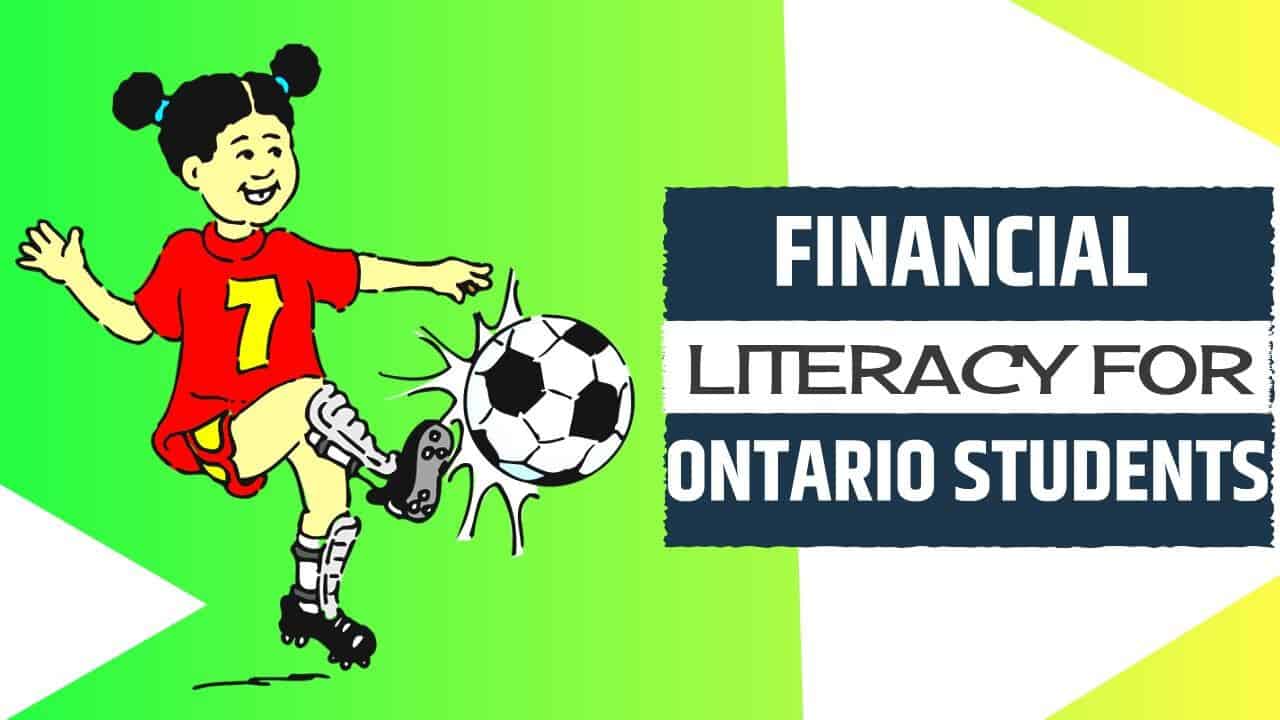 If you would prefer to listen to the audio version of this financial literacy Brandon’s Blog, please scroll to the bottom and click on the podcast
If you would prefer to listen to the audio version of this financial literacy Brandon’s Blog, please scroll to the bottom and click on the podcast




